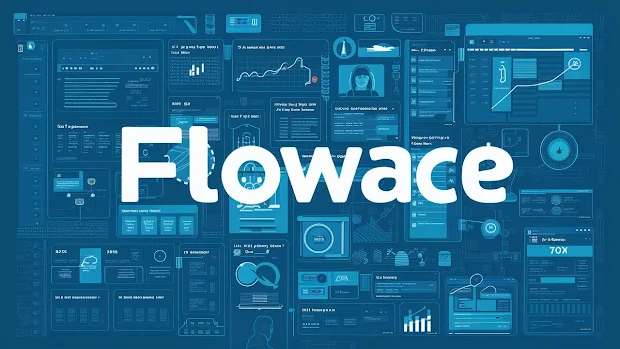Organizations are constantly seeking innovative ways to enhance productivity and efficiency. One such solution gaining traction is the implementation of monitoring software. While the concept of monitoring may initially evoke concerns about privacy and micromanagement, when utilized appropriately, monitoring software can actually serve as a powerful tool to optimize workflow, foster accountability, and ultimately boost employee productivity.
Monitoring software encompasses a variety of tools designed to track and analyze employee activities within the workplace. From monitoring internet usage and email communications to tracking time spent on specific tasks and projects, these applications provide valuable insights into how employees allocate their time and resources throughout the workday. Here are several ways in which monitoring software can positively impact productivity within an organization:
Identifying Time Wastage: One of the most significant benefits of monitoring software is its ability to identify and mitigate time wastage. By analyzing employee activity patterns, organizations can pinpoint areas where time is being spent unproductively, such as excessive social media browsing or non-work-related internet surfing. Armed with this information, managers can implement targeted interventions, such as setting usage limits or providing additional training, to help employees stay focused and on task.
Encouraging Accountability: Monitoring software promotes a culture of accountability within the organization. When employees know that their activities are being monitored, they are more likely to adhere to company policies and guidelines. This heightened sense of accountability can lead to greater diligence in completing tasks and meeting deadlines, as employees are aware that their performance is being actively tracked and evaluated.
Improving Time Management: With real-time insights into how employees are spending their time, managers can offer personalized guidance and support to help individuals improve their time management skills. For instance, if an employee consistently struggles to meet deadlines, a manager can review their activity logs to identify potential bottlenecks or inefficiencies and provide targeted coaching to address these issues.
Enhancing Task Allocation: Monitoring software can facilitate more efficient task allocation and resource planning within the organization. By analyzing employee workloads and productivity levels, managers can make informed decisions about assigning tasks and reallocating resources to ensure optimal utilization of talent and expertise. This proactive approach helps prevent burnout and overload while ensuring that critical projects receive the attention they deserve.
Facilitating Remote Work: In an increasingly remote work environment, monitoring software plays a crucial role in ensuring that employees remain productive and engaged, regardless of their physical location. By tracking remote employees' activities and performance metrics, organizations can maintain visibility and oversight, fostering a sense of connectedness and accountability among distributed teams.
Identifying Training Needs: Monitoring software can also be used to identify gaps in employee knowledge or skills. By analyzing performance data and identifying areas where employees may be struggling, organizations can develop targeted training programs to address these deficiencies and empower employees to perform at their best.
While the benefits of monitoring software are clear, organizations need to approach its implementation with sensitivity and respect for employee privacy. Transparency is key—employees should be informed about the purpose and scope of monitoring efforts and assured that their privacy rights will be respected. Additionally, organizations must establish clear policies and guidelines governing the use of monitoring software to prevent misuse and ensure compliance with relevant regulations.
In conclusion, employee monitoring software has the potential to be a game-changer for organizations seeking to enhance productivity and efficiency. By providing valuable insights into employee activities, promoting accountability, and facilitating more informed decision-making, monitoring software empowers organizations to optimize workflow, maximize resource utilization, and drive business success in today's competitive landscape. When implemented thoughtfully and ethically, monitoring software can truly transform the way organizations operate and thrive in the digital age.

Comments
Post a Comment